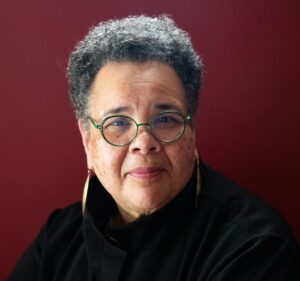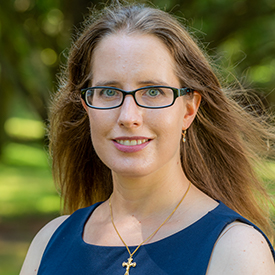art and teaching
Select an item by clicking its checkbox
Below is the jargon which has pervaded our conversation. I call this the “re-” lexicon: re-design re-invent re-arrange re-imagine re-create re-think re-conceive re-examine re-vision re-consider re-work re-cover The call to “re-” the system of education has been in response to shrinking student pools, dwindling tenure-track positions, collapsing denominational structures, tightening ...
I remember the first time I felt a sense of awe and wonder about theology. It was in my required Problem of God class at Georgetown University, where I received my undergraduate degree. I had picked a section of the course based on my interest in a list of readings ...
In Part I of this series on “Using Art to Activate Learning in the Classroom,” I discussed how the arts are powerful resources that can be used in the classroom to amplify and enhance our teaching-learning experiences. As social practices, the visual arts enable us to give language to how ...
Mystagogy, as a practice of leading an initiate into the deeper mysteries of Christian life and faith, occupies a central place in learning about Christianity. But in a secular religious studies classroom, to what degree is this exploration possible or even permissible? And more practically, how does one go about ...
Sometimes teaching strategies that seem newly discovered have been with you all along. When I was in the last stages of writing up my doctoral dissertation, I had just moved to the Canadian Maritimes. I was living on the outskirts of a small village in an old and drafty brick ...



